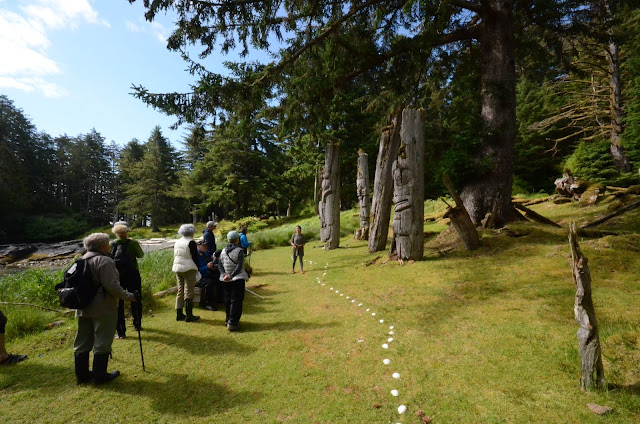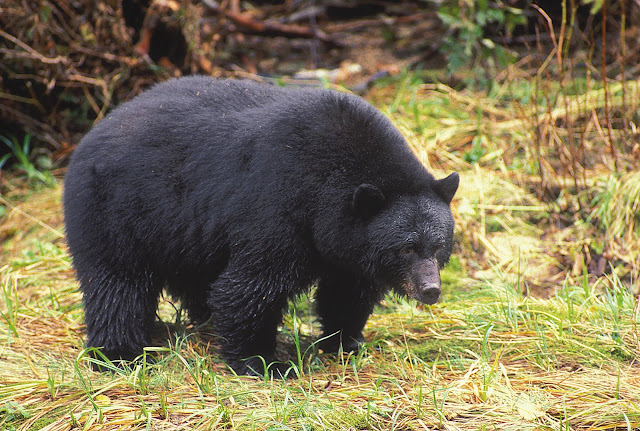 |
A Season to Celebrate:
Haida Gwaii 2019
As Bluewater Adventures
finishes a fulfilling season in Haida Gwaii we reflect on the memories created by our renowned
Haida Resource Guides like artists, Robert Davidson and Terri-Lynn
Williams-Davidson, Haida matriarch, Barb Wilson and Elder, Captain Gold. It is
always a treat for our guests and Crew to have a "front row seat" to
the unfolding art, history and culture of the Haida people through their
stories.
On our expeditions, Bluewater Crew capture all wildlife encounters in a log book to share with researchers and for our own historical data. 2019 was a very active year! Just a few of the highlights in Haida Gwaii were, "2 humpbacks breaching 50 times", "1000's of ancient murrelets", transient (Biggs) orcas on the hunt", "a pod of 70+ offshore orcas", "6 fin whales and a grey whale" and "witnessing hundreds of puffins take flight!"
 |
| Breaching humpback whale. Photo: J Varley
We
tend to have some unusual encounters too! This year Crew and guests spotted a
fur seal, Risso's dolphins, mola molas and a salmon shark.
|
The mola mola or ocean sunfish is probably one of the
strangest creatures we encounter on our expeditions. They can grow to be up to
3 metres across and females can lay about 300 million eggs at one time. They
are most often spotted when floating on their side at the ocean surface,
absorbing the heat of the sun to regulate their body heat. They are also deep
divers - probably drawn to the Continental Shelf and its rich supply of
nutrients. Believe it or not, their main diet is jelly fish.
Haida Gwaii trips take place May through August on both Island
Roamer and Island
Solitude. Inquire about an upcoming trip here.








































